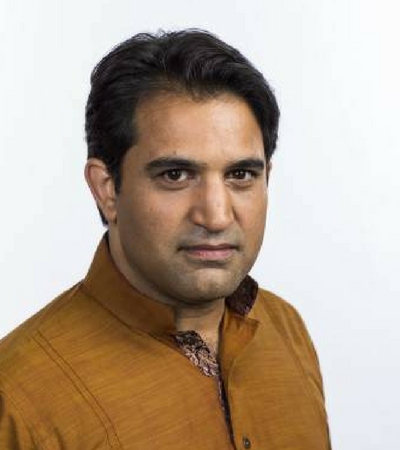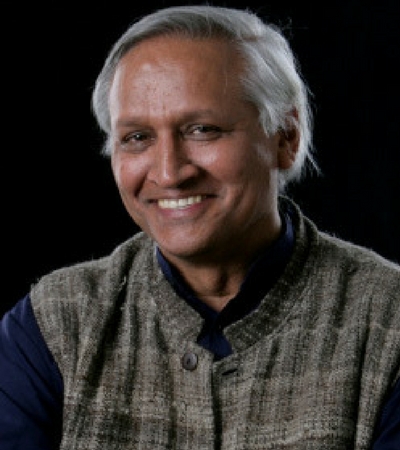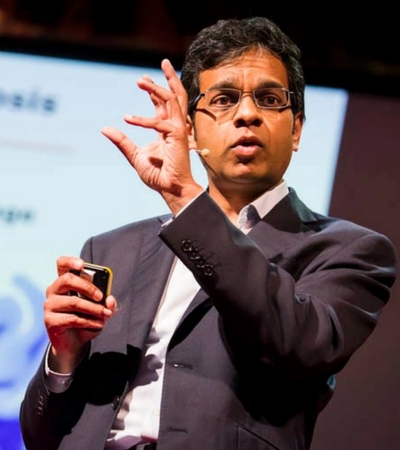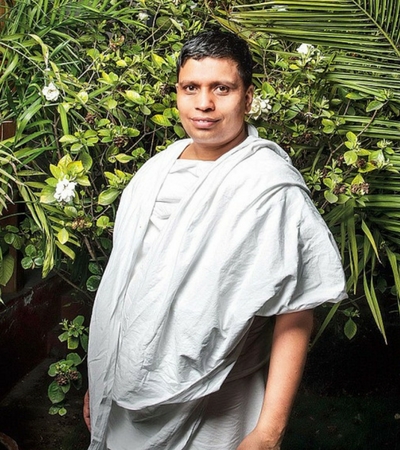- Home
- About
- Services
-
Speakers
- Motivation/Inspiration
- Leadership
- Women & Leadership
- Business Leaders
- Entrepreneurs
- Sports & Adventure
- Future & Technology
- Innovation
- Social media
- Celebrities
- Team Building
- Health & Wellness
- Media/ Marketing
- Authors
- Communication/ Negotiation
- Journalists
- Global Affairs & Politics
- War & Defense
- Economics & Finance
- Entertainers
- Comedians
- Hosts
- Diversity
- Industry experts
- Environment
- Professors/ Scholars
- Social Activists
- Human Resources
- TEDx Speakers
- Indian Regional
- Mythology & Literature
- CSR
- Spirituality & Mindfulness
- Youth
- Exclusive Speakers
- Cinema & The Arts
- Influencers
- All Speakers
- Events
- Contact Us
- Wish List
Jamling Tenzing Norgay
Mountaineer | Son of Tenzing Norgay
Who am I
Son of Nepalese Sherpa mountain climber Tenzing Norgay (who first climbed Mount Everest in 1953 with Sir Edmund Hillary) and Daku, his third wife.
Jamling Tenzing Norgay himself later followed in his father's footsteps and climbed Everest in 1996, an experience documented in the 1998 IMAX film, Everest. In 2002, he and Peter Hillary, the son of Edmund Hillary, were part of an expedition to climb Everest and commemorate the 50th anniversary of the first ascent. I climbed Everest so that my children wouldn’t have to.”
Ever since Jamling Tenzing Norgay’s father, Tenzing Norgay, spoke these words to his son, Jamling had been seized by a passion to follow in his father’s historic footsteps -- to step onto Mount Everest’s icy skin and learn the lessons she has to teach. Destiny reserves the telling of some tales for certain people. In the illustrated presentation, Touching My Father’s Soul – An Odyssey to the Top of Everest, Jamling brings to life a profound and compelling adventure, interweaving the lives of a family, a mountain and a people, and of climbers facing nearly insurmountable obstacles. It is a story of disaster, triumph, professionalism and the resilience of the human spirit. Clearly, it takes an unusual level of aspiration to simply decide to attempt Everest. And to reach the summit and return safely to base camp demands extraordinary commitment and perseverance.
On Everest, the stakes are high: Only one climber in seven who attempt it reaches the top. Of every five who do reach the summit, one dies trying. The challenges are nearly overwhelming. Even veteran climbers face hypoxia (lack of oxygen -- and the reduction in strength that accompanies it), altitude sickness, intestinal sickness, severe weight loss, homesickness, brutal weather conditions, recalcitrant porters, strained international group dynamics (11 teams crowded onto the mountain in 1996), and "objective dangers" such as being crushed by apartment-sized blocks of ice that litter the Khumbu Icefall, a glacier in motion.
With the right combination of attributes and proper motivation, climbers are sometimes granted a chance to step onto Everest’s icy skin, and then retreat, taking with them important lessons about the human condition and what it takes to succeed. Indeed, the Sherpa people especially recognize that one can’t conquer Everest, and that respect and experience are one’s most essential companions. The objective is not the top of the mountain, for that would be like setting a goal of swimming to the middle of the ocean. Or, as team member Ed Viesturs put it, “Getting to the top is optional, but getting down is mandatory.”
Aspiration and ambition are essential, but the mountain cannot be climbed on hopes and dreams alone. In this program, we learn about what it really takes to succeed, and we learn some of the lessons that this dangerous mountain has to teach us.
Who am I
Son of Nepalese Sherpa mountain climber Tenzing Norgay (who first climbed Mount Everest in 1953 with Sir Edmund Hillary) and Daku, his third wife.
Jamling Tenzing Norgay himself later followed in his father's footsteps and climbed Everest in 1996, an experience documented in the 1998 IMAX film, Everest. In 2002, he and Peter Hillary, the son of Edmund Hillary, were part of an expedition to climb Everest and commemorate the 50th anniversary of the first ascent. I climbed Everest so that my children wouldn’t have to.”
Ever since Jamling Tenzing Norgay’s father, Tenzing Norgay, spoke these words to his son, Jamling had been seized by a passion to follow in his father’s historic footsteps -- to step onto Mount Everest’s icy skin and learn the lessons she has to teach. Destiny reserves the telling of some tales for certain people. In the illustrated presentation, Touching My Father’s Soul – An Odyssey to the Top of Everest, Jamling brings to life a profound and compelling adventure, interweaving the lives of a family, a mountain and a people, and of climbers facing nearly insurmountable obstacles. It is a story of disaster, triumph, professionalism and the resilience of the human spirit. Clearly, it takes an unusual level of aspiration to simply decide to attempt Everest. And to reach the summit and return safely to base camp demands extraordinary commitment and perseverance.
On Everest, the stakes are high: Only one climber in seven who attempt it reaches the top. Of every five who do reach the summit, one dies trying. The challenges are nearly overwhelming. Even veteran climbers face hypoxia (lack of oxygen -- and the reduction in strength that accompanies it), altitude sickness, intestinal sickness, severe weight loss, homesickness, brutal weather conditions, recalcitrant porters, strained international group dynamics (11 teams crowded onto the mountain in 1996), and "objective dangers" such as being crushed by apartment-sized blocks of ice that litter the Khumbu Icefall, a glacier in motion.
With the right combination of attributes and proper motivation, climbers are sometimes granted a chance to step onto Everest’s icy skin, and then retreat, taking with them important lessons about the human condition and what it takes to succeed. Indeed, the Sherpa people especially recognize that one can’t conquer Everest, and that respect and experience are one’s most essential companions. The objective is not the top of the mountain, for that would be like setting a goal of swimming to the middle of the ocean. Or, as team member Ed Viesturs put it, “Getting to the top is optional, but getting down is mandatory.”
Aspiration and ambition are essential, but the mountain cannot be climbed on hopes and dreams alone. In this program, we learn about what it really takes to succeed, and we learn some of the lessons that this dangerous mountain has to teach us.
Alternative Speakers
Quick Information
Travels From
India











